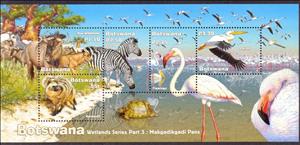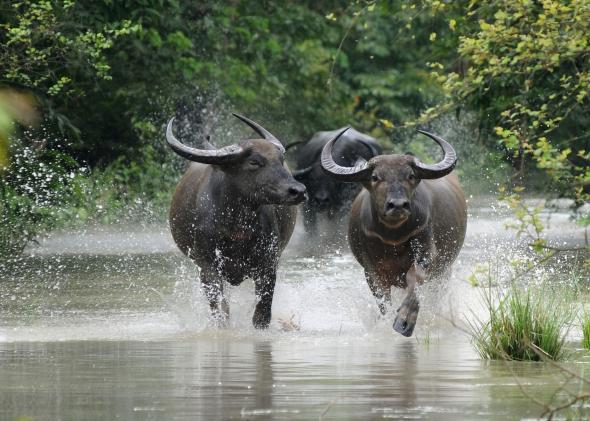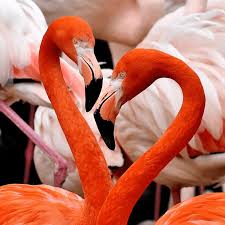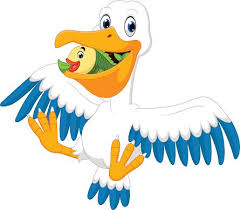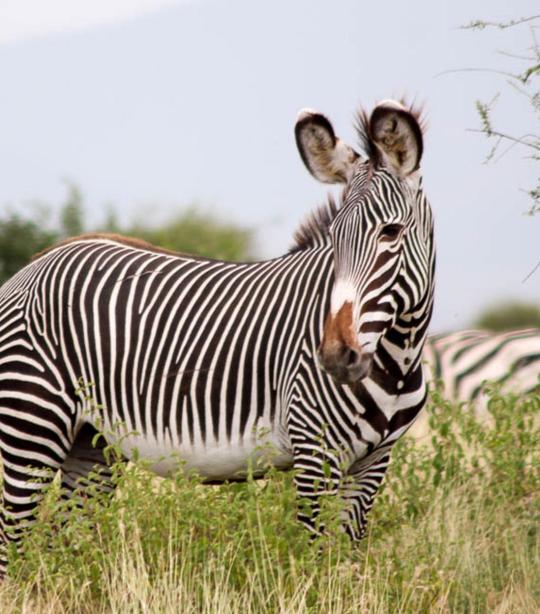Souvenir Sheet: Wetlands Fauna (Botswana 2002)
Wetlands Fauna (Botswana 2002)
18 December (Botswana ) within release Wetlands Series goes into circulation Souvenir Sheet Wetlands Fauna face value 10.20 Botswana pula
| Souvenir Sheet Wetlands Fauna in catalogues | |
|---|---|
| Michel: | Mi: BW BL37 |
| Stamp Number: | Sn: BW 765a |
Souvenir Sheet is square format.
Also in the issue Wetlands Series:
- Stamp - Aardwolf (Proteles cristatus) face value 55;
- Stamp - Blue Wildebeest (Connochaetes taurinus) face value 1.10;
- Stamp - Burchell's Zebra (Equus burchelli) face value 2.50;
- Stamp - Lesser Flamingo (Phoeniconaias minor) face value 2.75;
- Stamp - Rosy Pelican (Pelecanus onocrotalus) face value 3.30;
- Souvenir Sheet - Wetlands Fauna face value 10.20;
Souvenir Sheet Wetlands Fauna it reflects the thematic directions:
Animals are multicellular, eukaryotic organisms of the kingdom Animalia (also called Metazoa). All animals are motile, meaning they can move spontaneously and independently, at some point in their lives. Their body plan eventually becomes fixed as they develop, although some undergo a process of metamorphosis later on in their lives. All animals are heterotrophs: they must ingest other organisms or their products for sustenance.
The term antelope refers to numerous extant or recently extinct species of the ruminant artiodactyl family Bovidae that are indigenous to most of Africa, India, the Middle East, Central Asia, and a small area of Eastern Europe. Antelopes do not form a monophyletic group, as some antelopes are more closely related to other bovid groups, like bovines, goats, and sheep, than to other antelopes.
A better definition, also known as the "true antelopes", includes only the genera Gazella, Nanger, Eudorcas, and Antilope. One North American mammal, the pronghorn or "pronghorn antelope", is colloquially referred to as the "American antelope", despite the fact that it belongs to a completely different family (Antilocapridae) than the true Old-World antelopes; pronghorn are the sole extant member of an extinct prehistoric lineage that once included many unique species.
Birds (Aves), a subgroup of Reptiles, are the last living examples of Dinosaurs. They are a group of endothermic vertebrates, characterised by feathers, toothless beaked jaws, the laying of hard-shelled eggs, a high metabolic rate, a four-chambered heart, and a strong yet lightweight skeleton. Birds live worldwide and range in size from the 5 cm (2 in) bee hummingbird to the 2.75 m (9 ft) ostrich. They rank as the class of tetrapods with the most living species, at approximately ten thousand, with more than half of these being passerines, sometimes known as perching birds. Birds are the closest living relatives of crocodilians.
Bubalina is a subtribe of wild cattle that includes the various species of true buffalo. Species include the African buffalo, the anoas, and the wild water buffalo (including the domesticated variant water buffalo). Buffaloes can be found naturally in sub-Saharan Africa, South Asia and Southeast Asia, and domestic and feral populations have been introduced to Europe, the Americas, and Australia.In addition to the living species, bubalinans have an extensive fossil record where remains have been found in much of Afro-Eurasia
Flamingos or flamingoes (/fləˈmɪŋɡoʊz/) are a type of wading bird in the family Phoenicopteridae, which is the only extant family in the order Phoenicopteriformes. There are four flamingo species distributed throughout the Americas (including the Caribbean), and two species native to Afro-Eurasia.
Mammals are any vertebrates within the class Mammalia (/məˈmeɪli.ə/ from Latin mamma "breast"), a clade of endothermic amniotes distinguished from reptiles (including birds) by the possession of a neocortex (a region of the brain), hair, three middle ear bones and mammary glands. All female mammals nurse their young with milk, secreted from the mammary glands. Mammals include the largest animals on the planet, the great whales. The basic body type is a terrestrial quadruped, but some mammals are adapted for life at sea, in the air, in trees, underground or on two legs. The largest group of mammals, the placentals, have a placenta, which enables the feeding of the fetus during gestation. Mammals range in size from the 30–40 mm (1.2–1.6 in) bumblebee bat to the 30-meter (98 ft) blue whale. With the exception of the five species of monotreme (egg-laying mammals), all modern mammals give birth to live young. Most mammals, including the six most species-rich orders, belong to the placental group. The largest orders are the rodents, bats and Soricomorpha (shrews and allies). The next three biggest orders, depending on the biological classification scheme used, are the Primates (apes and monkeys), the Cetartiodactyla (whales and even-toed ungulates), and the Carnivora (cats, dogs, seals, and allies).
Pelicans (genus Pelecanus) are a genus of large water birds that make up the family Pelecanidae. They are characterized by a long beak and a large throat pouch used for catching prey and draining water from the scooped-up contents before swallowing. They have predominantly pale plumage, except for the brown and Peruvian pelicans. The bills, pouches, and bare facial skin of all pelicans become brightly coloured before the breeding season.
Turtles are reptiles of the order Testudines, characterized by a special shell developed mainly from their ribs. Modern turtles are divided into two major groups, the Pleurodira (side necked turtles) and Cryptodira (hidden necked turtles), which differ in the way the head retracts. There are 360 living and recently extinct species of turtles, including land-dwelling tortoises and freshwater terrapins. They are found on most continents, some islands and, in the case of sea turtles, much of the ocean. Like other amniotes (reptiles, birds, and mammals) they breathe air and do not lay eggs underwater, although many species live in or around water.
Zebras (US: /ˈziːbrəz/, UK: /ˈzɛbrəz, ˈziː-/) (subgenus Hippotigris) are African equines with distinctive black-and-white striped coats. There are three living species: Grévy's zebra (Equus grevyi), the plains zebra (E. quagga), and the mountain zebra (E. zebra). Zebras share the genus Equus with horses and asses, the three groups being the only living members of the family Equidae. Zebra stripes come in different patterns, unique to each individual. Several theories have been proposed for the function of these patterns, with most evidence supporting them as a deterrent for biting flies. Zebras inhabit eastern and southern Africa and can be found in a variety of habitats such as savannahs, grasslands, woodlands, shrublands, and mountainous areas
